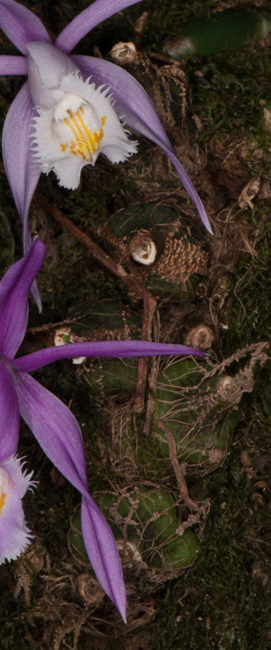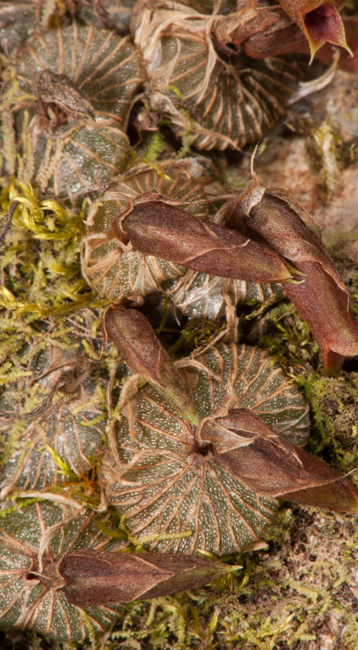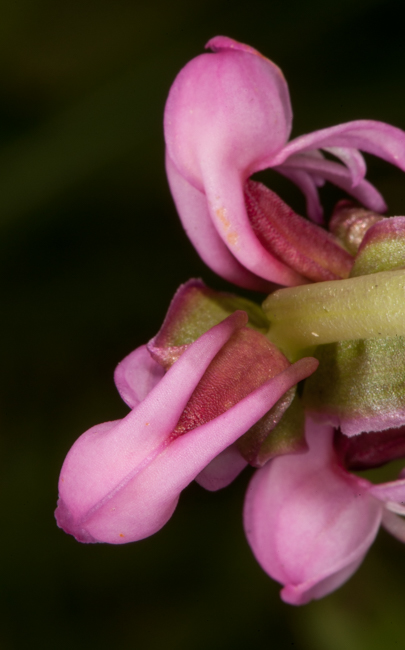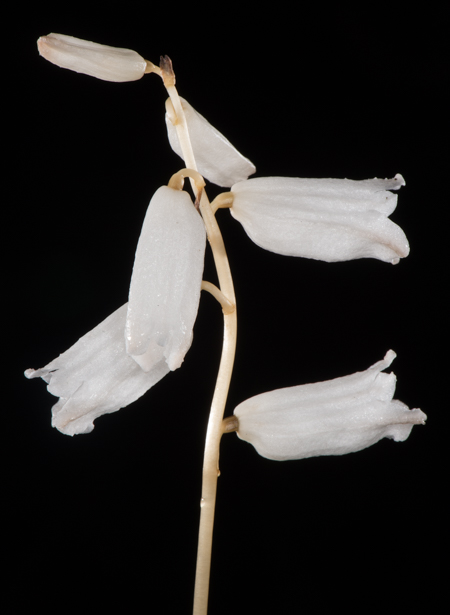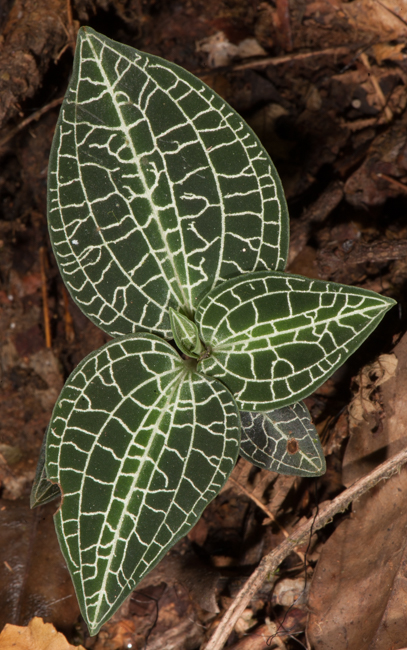A modified leaf considered a part of the flower is termed floral bract. The purpose of it is to support or enfold the flower, however in the case of orchid flowers it rarely enfold the flower.
Floral bracts arise from the rachis at the point of contact of the pedicel. It can be a minute triangular-like growth to a leaf-like even longer than the pedicel or the pedicellate ovary. In some species it is larger than the flower and forms a concave shape. The many characteristics of floral bracts like its length, deflexed, hairy, colours, encircling the ovary, deciduous at flowering etc., help in identifying the species.











Post 10 – 16/September/2020










